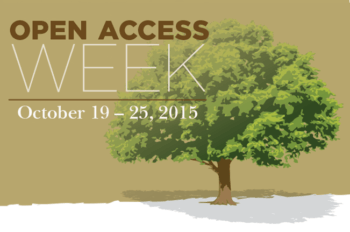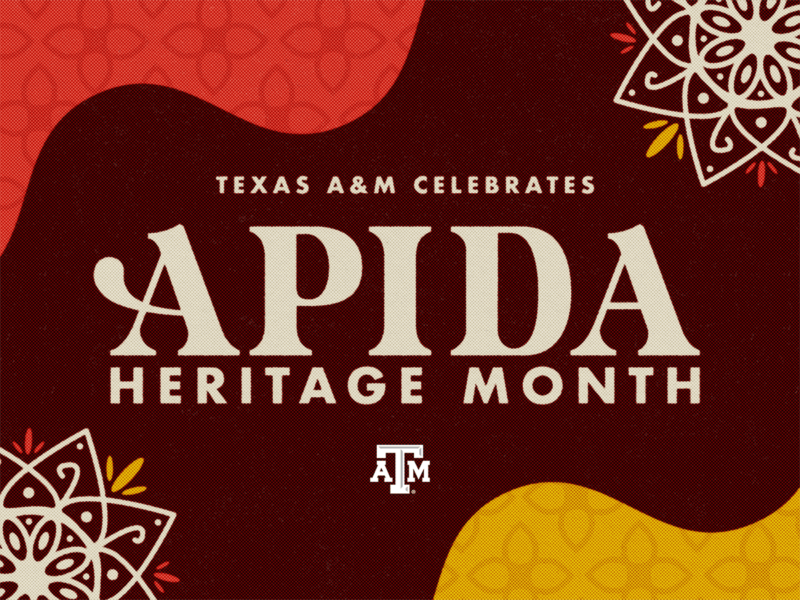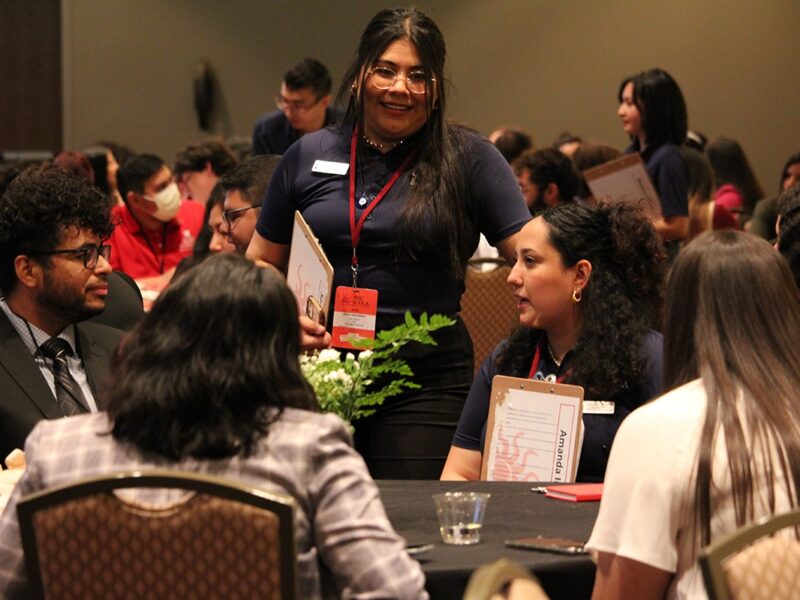Solving The Problem Of Expensive Textbooks
 Textbooks can be a major expense for college students, but Texas A&M is working to ease that burden with open access (OA) textbooks.
Textbooks can be a major expense for college students, but Texas A&M is working to ease that burden with open access (OA) textbooks.
An “open” textbook is an openly-licensed, digital textbook that can be read, downloaded and printed online at no cost, for anyone to use and share freely.
The Office of Scholarly Communication at the Texas A&M University Libraries is working to implement free OA textbooks for students through Open Educational Resources (OER) which enables access to educational materials for teaching, learning and research resources.
To bring additional attention to OA textbooks, the University Libraries has partnered with the Texas A&M Student Government to create the Student Government Textbook Award. Believed to be the first of its kind in the country, the award will be given to a Texas A&M faculty member innovatively using OA textbooks as part of class curriculum.

“The Libraries recognize that many factors affect the selection of textbooks by faculty,” says David H. Carlson, dean of the University Libraries. “What we want to do is work with faculty so they are aware of the choices they have when it comes to textbooks and encourage them to consider the potential impact their choices have on affordability and student success. We also want to work with faculty in using OA textbooks in the classroom enabling greater freedom and customization of faculty-driven content.”
Written and reviewed by various experts, open textbooks maintain the same high-quality college texts as traditional textbooks, Carlson adds.
Professors adopting open textbooks can tailor materials to align closely with course needs, including mixing and matching chapters from multiple open texts, incorporating multimedia components, and adding current events and locally relevant perspective.
The rising cost of textbooks is why 65 percent of students report not purchasing textbooks, according to Scholarly Publishing and Academic Resources Coalition (SPARC).
“We know some students have to make hard financial choices and some will try to get through a class without owning the textbook,” says Bruce Herbert, director of the Office of Scholarly Communication. “Research shows us that these students will most likely have a lower grade and the Libraries believe that open access textbooks are one solution to help all students.”
The University Libraries’ advocacy for open textbooks extends beyond the Texas A&M campus, with Carlson serving as the chair of the Association of Research Libraries (ARL) Advocacy and Public Policy Committee. In early August 2015, the ARL advocacy committee and a coalition led by SPARC called on the White House requesting support for OERs and educational materials by taking administrative action to ensure federal funding. Their action was prompted by a request from the White House Office of Science and Technology Policy’s (OSTP) for ideas to strengthen the U.S. Open Government National Action Plan. The combined ARL and SPARC groups view the open textbook initiative as a catalyst in the movement to secure federal funding for OERs.
The Libraries’ goals for implementing open textbooks at Texas A&M is not only to increase the number of open textbook adoptions in introductory classes, but to increase awareness among faculty across campus about issues associated with the costs of textbooks and the role OERs play in addressing high textbook costs.
In addition, the Texas A&M initiative seeks to support national open textbook initiatives through the contributions of textbook reviews by Texas A&M faculty.
Using the open textbook initiative also improves the competitiveness of proposals by Texas A&M faculty to the National Science Foundation (NSF) by offering broader impacts associated with the funded research projects, says Herbert.
For more information on the OA textbook initiative at Texas A&M, contact Bruce Herbert.
Media contact: Patrick Zinn, Texas A&M University Libraries.





